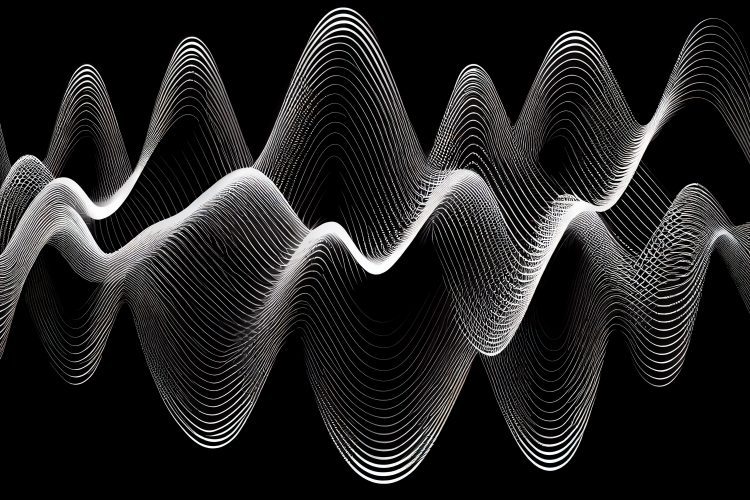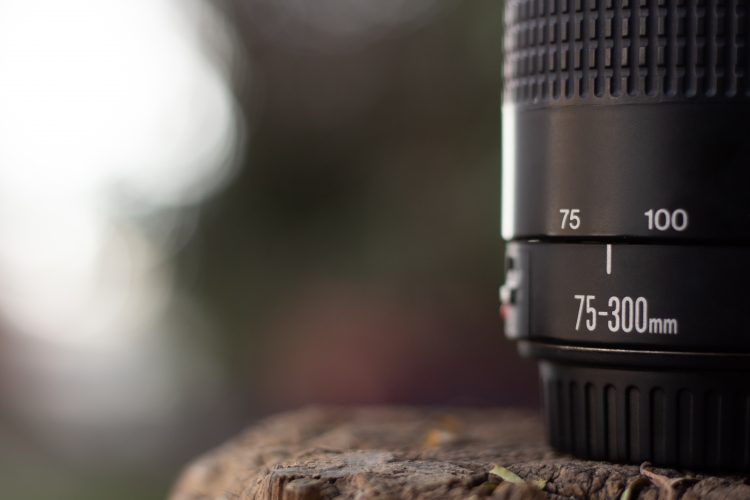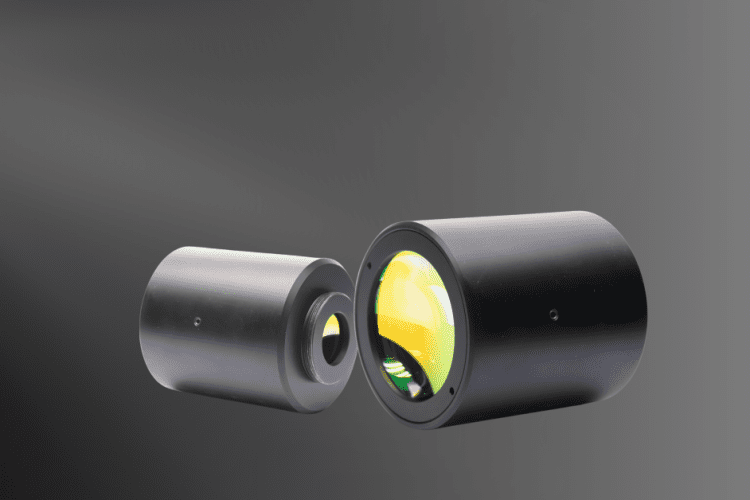Understanding Optical Polarization: Polarizers and Waveplates Explained – Part 2 Polarization is a fundamental property of light, crucial in optics and various applications. It involves the orientation of the electric field vector in a light wave as it propagates. Reflective Polarizers: Transmit desired polarization while reflecting others. Examples: Wire grid polarizers, Brewster’s angle-based polarizers. Applications: […]









